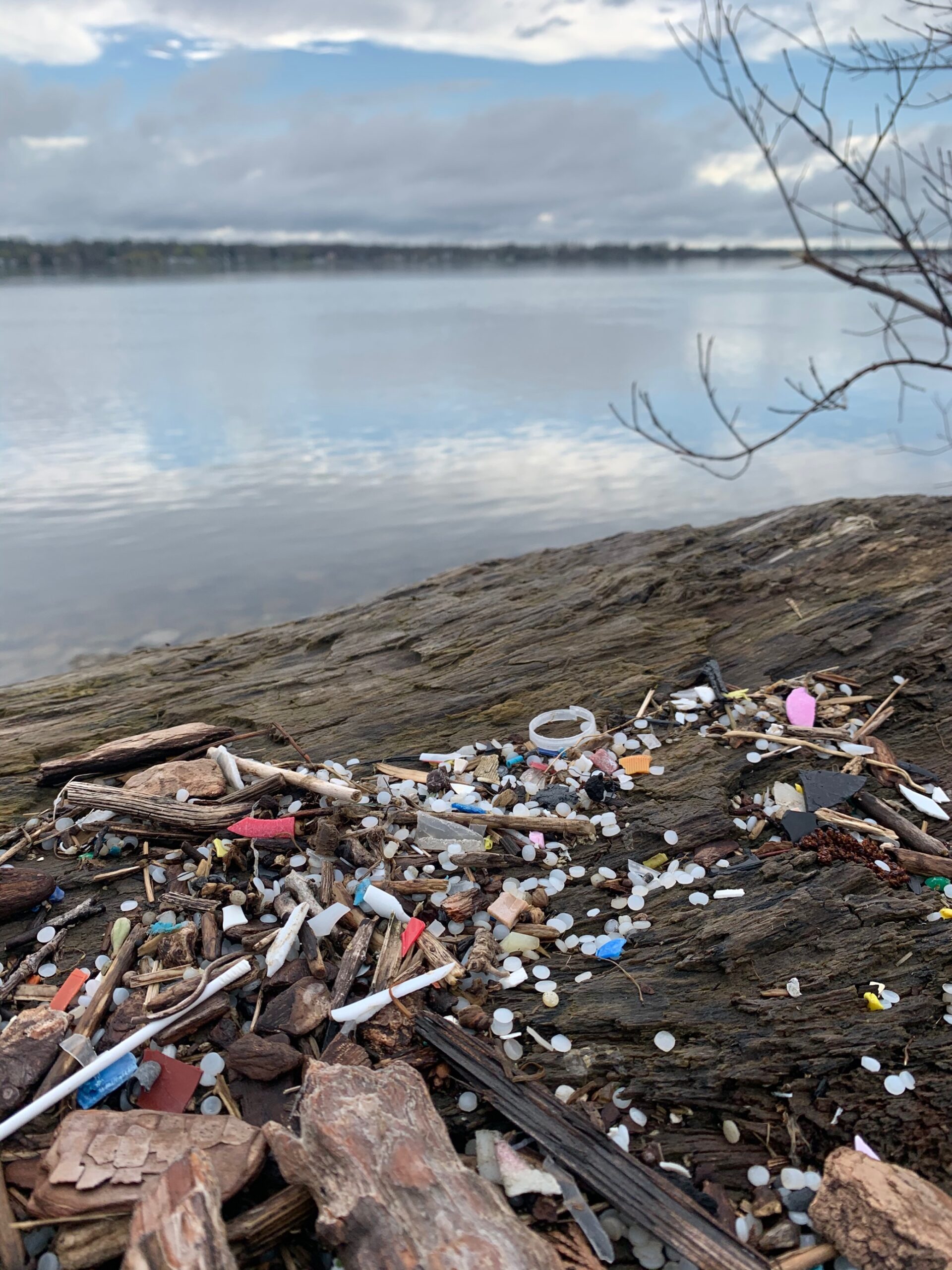Adding a plastic factory in the Town of Lockport goes against ongoing state and local environmental initiatives to limit plastic production. It would be a poor investment for the community, and instead, the community could find a better use of public resources and return on investment through ecological or more sustainable projects.
Directing public dollars to a corporation seeking to pollute, in an industry being actively tempered by state policy, does not make financial or ecological sense. The risks of environmental harm stemming from plastic production far outweigh the small benefits claimed by the company.
The Town of Lockport Industrial Development Agency is considering tax breaks for a plastic producing company. A public hearing is scheduled for Thursday, July 13 at 8 a.m. at the Town of Lockport Town Hall.
Click Below to Read Recent News Stories About the Project
- Buffalo News: Environmentalists protest proposed plastics plant applying for tax breaks in Lockport
- Buffalo News: Plastics plant proposal faces heat from opponents at Lockport IDA hearing
- Lockport Union Sun & Journal: Study shared by plastics manufacturer flagged for AI
Background
SRI CV Plastics, Inc., is a plastics manufacturing company from India. It wants to produce single use plastic trays and PVC pipe. According to the Buffalo News, the company is looking to open its first U.S. production facility in the Town of Lockport. The company is seeking around $600,000 in subsidies from both the Lockport IDA and New York State in exchange for 20 jobs.
The plastic producing factory would be located at 1000 Enterprise Drive, which is owned by the Lockport IDA.
Plastic Problem
Plastic is a Major Pollutant in Great Lakes Waters.
Plastic in all forms is a well-known major pollution source in the Great Lakes waters. A 2016 Rochester Institute of Technology Study found that 22 million pounds of plastic enters the Great Lakes each year from the U.S. and Canada.
Plastics never leave the waterways once entered, but instead continue to break down into smaller pieces, becoming microplastics. Another study found that humans could be ingesting up to 5 grams of microplastic per week. Comparatively, that’s the weight of a nickel or a credit card.
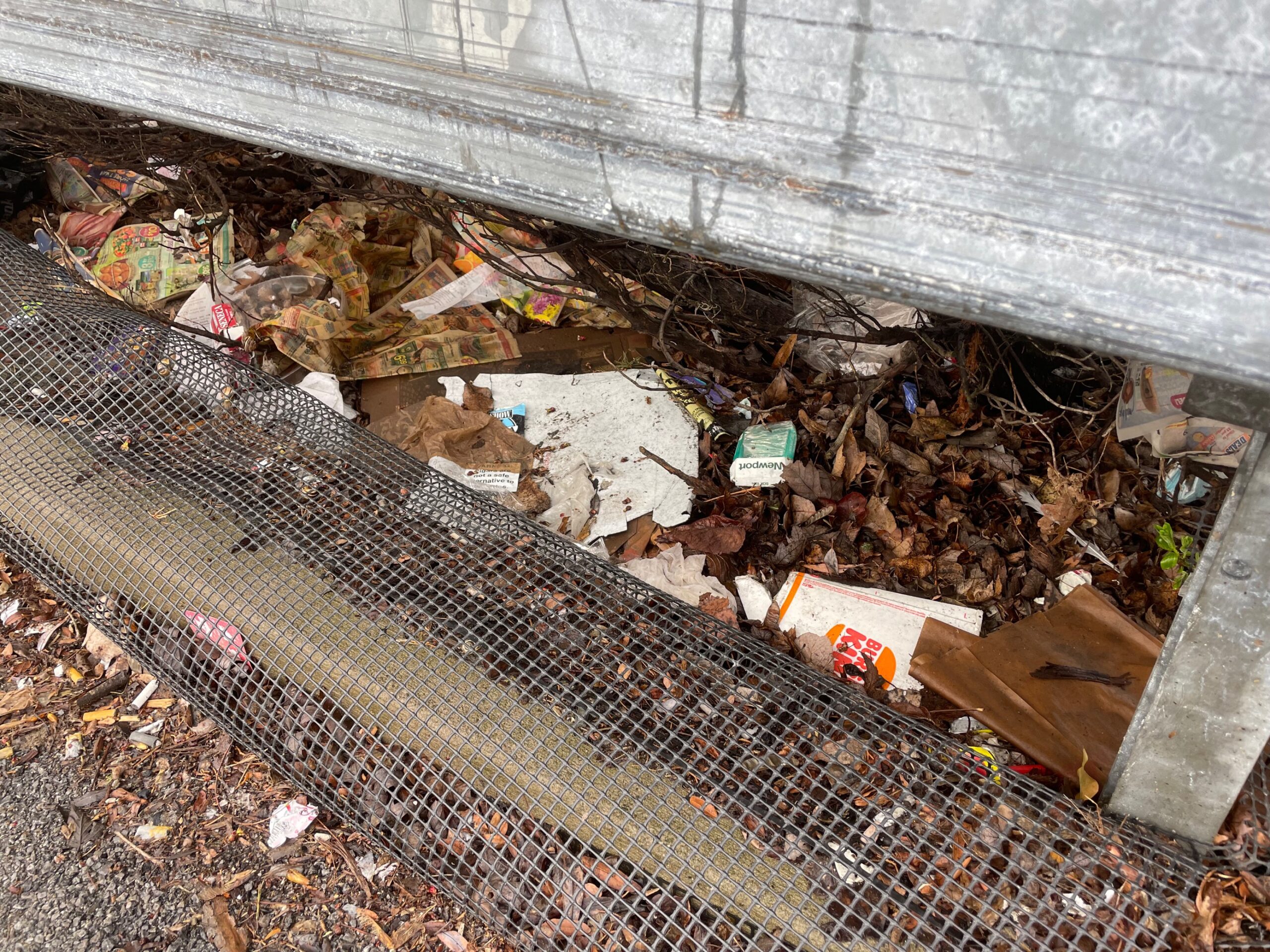
BNW can attest to the local Western New York plastic pollution problem. During the one-day spring shoreline clean up, BNW and volunteers collected 18,920 lbs. of trash from near the region’s waterways. 80% of this litter was plastic including 4234 plastic food wrappers and 2658 plastic bottles. The images above and below show the trash just prior to cleanup near Scajaquada Creek.
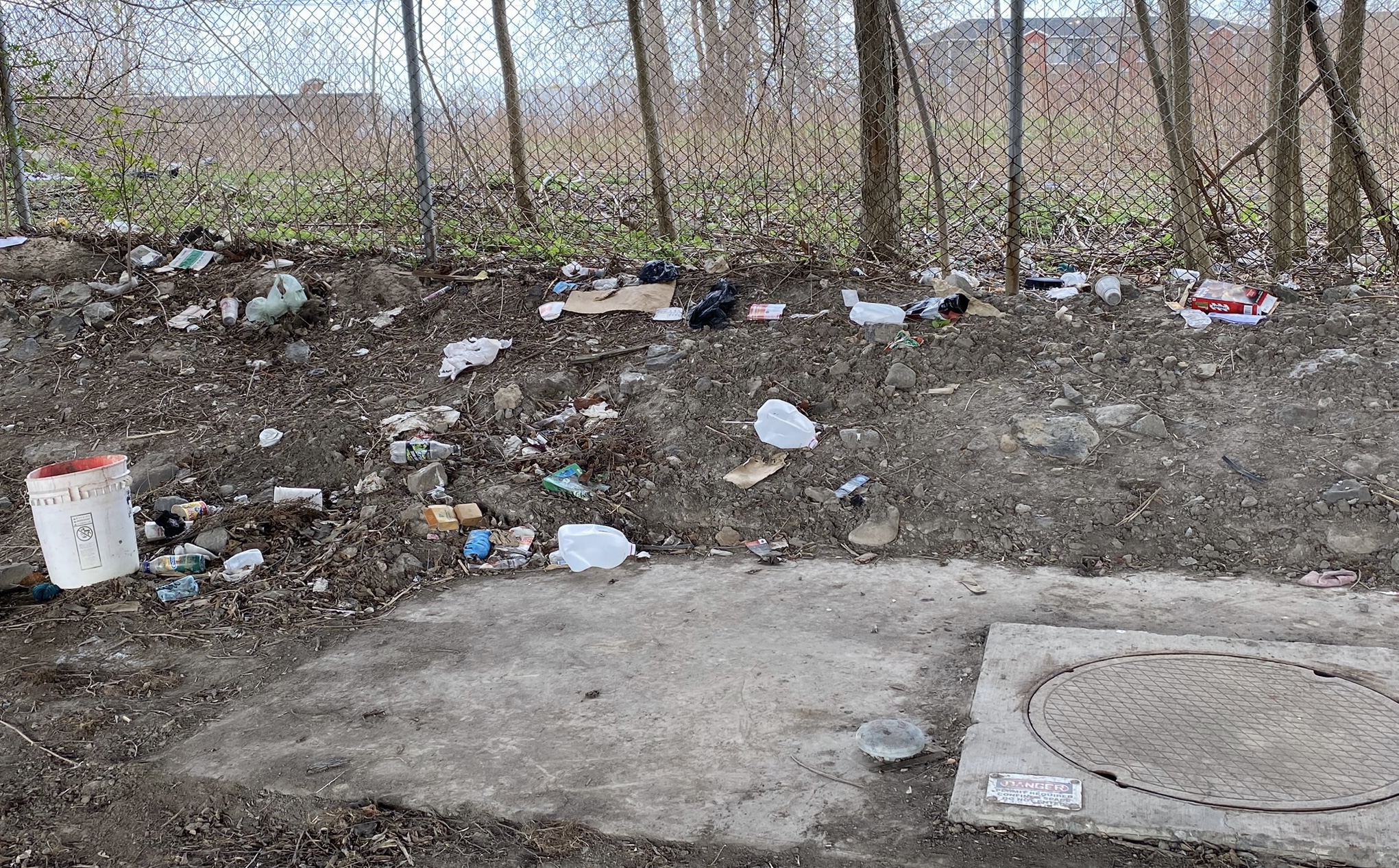
Production Dangers
SRI CV Plastics will produce single use plastic trays and PVC pipe. The production of these materials is inherently dangerous and dirty. PVC production brings to the area the same risk that befell our neighbors across the lake in East Palestine, Ohio, earlier this year. A train derailment spilled 50 tank cars full of polyvinyl chloride (a material required for PVC pipe creation) causing a massive fire, polluting a tributary to the Ohio River and forcing residents to evacuate.
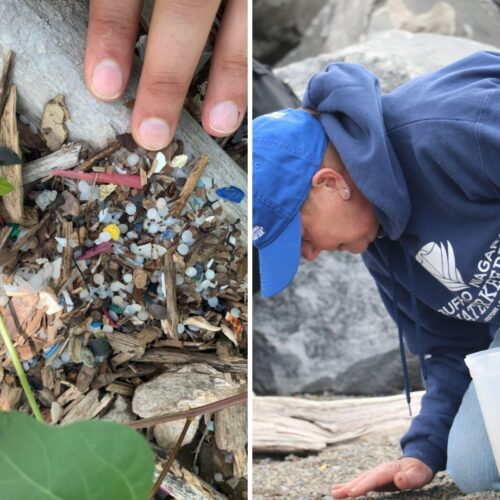
Similarly, plastic manufacturing uses nurdles. Nurdles are pre-production plastic pellets, about the size of a lentil, used in plastics manufacturing. An example of those can seen in the image above. These tiny pieces of plastic contribute to plastic pollution of surrounding waterways which will further harm the health of the Niagara River and Great Lakes, a drinking water source for millions.
Finally, plastic production is a major contributor to greenhouse gas emissions. Locating small pollution businesses like this, with limited public benefit, goes against the goals of the state’s climate policy which sets ambitious goals of cutting carbon emissions 40 percent by 2030.
Beyond Plastics is an organization looking to end plastic pollution everywhere that launched in January 2019 and its president is a former EPA Administrator. They issued a report in April 2023 listing concerns about PVC plastic pipes when used in drinking water and are asking state and local officials to consider the issues before using in future projects.
According to the report:
PVC pipes are fabricated in a multistep process using toxic chemicals at every stage. In the U.S.,
production starts with the creation of chlorine gas, which is then combined with ethylene to create
ethylene dichloride, a probable carcinogen according to the EPA. Ethylene dichloride is subsequently
converted at high temperature to vinyl chloride, a chemical known to cause liver cancer in humans
and the fundamental building block of PVC resin.
State Acts to Limit Plastic Production
Due to these known dangers of plastic pollution, New York State has been actively limiting plastic usage in the state. In 2014, the state first passed a ban on microbeads, tiny plastic balls often found in beauty products. Then, in 2020, the plastic bag ban went into effect and the state passed a ban on polystyrene packaging. These landmark provisions are paving the pathway to less plastic usage and production in New York State.
For the last few years, the state Legislature has been working on an expanded recycling bill known as the ‘Packaging Reduction and Recycling Infrastructure Act.’ This legislation would require product manufacturers to detoxify packaging materials and reduce packaging waste by 50 percent over the next 12 years. While this bill did not pass this year, it has been actively pursued in Albany for years and this session the bill garnered 25 cosponsors in the Senate and 52 in the Assembly. Yet, SRI CV Plastics, the company seeking to open in Lockport, seeks not only bring in a dangerous and polluting industry but requests public money to support it.
Better Investments Available
The Buffalo-Niagara region has been slowly crawling out of the pollutant laden legacy of our past. SRI CV Plastics pushes the dial backward. The foreign company has no regard for the harm they may cause to the surrounding community and no legitimate reason for coming to Lockport.
Per the Buffalo News:
Without the subsidies, the company wrote in its application, it would not undertake the project and instead “will seek the assistance it needs from a municipality elsewhere in the United States.”
“Location of the project in the Town of Lockport or the State of New York is not critical to its success,” the company wrote. “The applicant will begin to actively pursue development incentives in other municipalities and in other states if financial assistance is not provided by the Town of Lockport IDA.”
Meanwhile, the community could find a better use of public resources and return on investment through ecological or more sustainable projects. For example, a 2016 Unv. Of Michigan Study showed investments made from the federal Great Lakes Restoration Initiative (GLRI) showed that in Erie and Niagara Counties, every dollar of GLRI spending provides $4.09 of additional economic output. This same money requested by the company invested instead in the environment could do more for the community.
IDA Should Deny Subsidy
The types of decisions before the IDA today shape the character of our region. Directing public dollars to a corporation seeking to pollute, in an industry being actively tempered by state policy does not make financial or ecological sense. The risks of environmental harm stemming from plastic production far outweigh the small benefit of 20 jobs. For the reasons stated above, the IDA should not grant this funding request.


